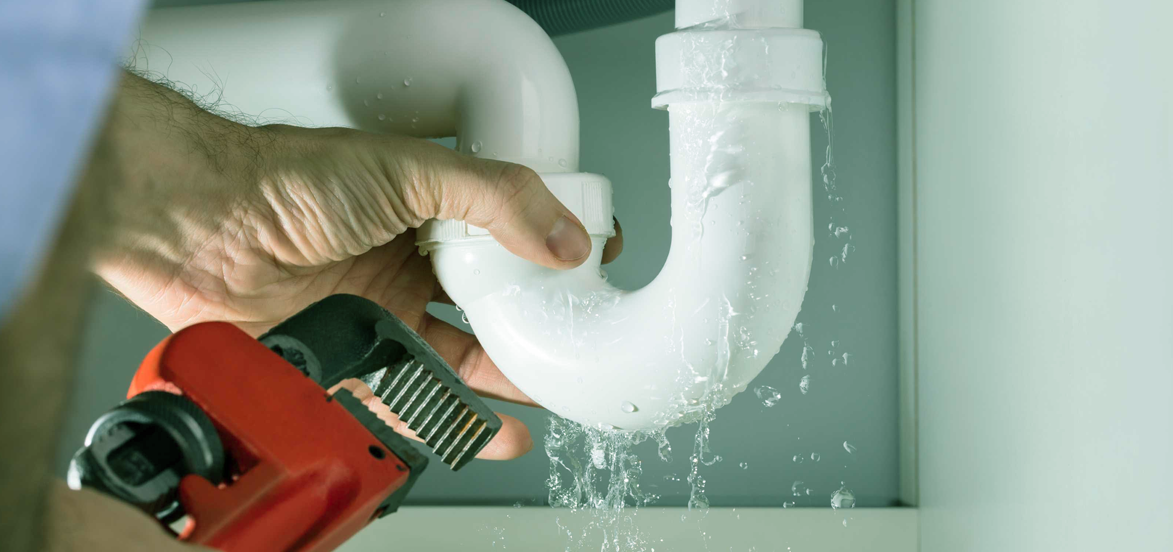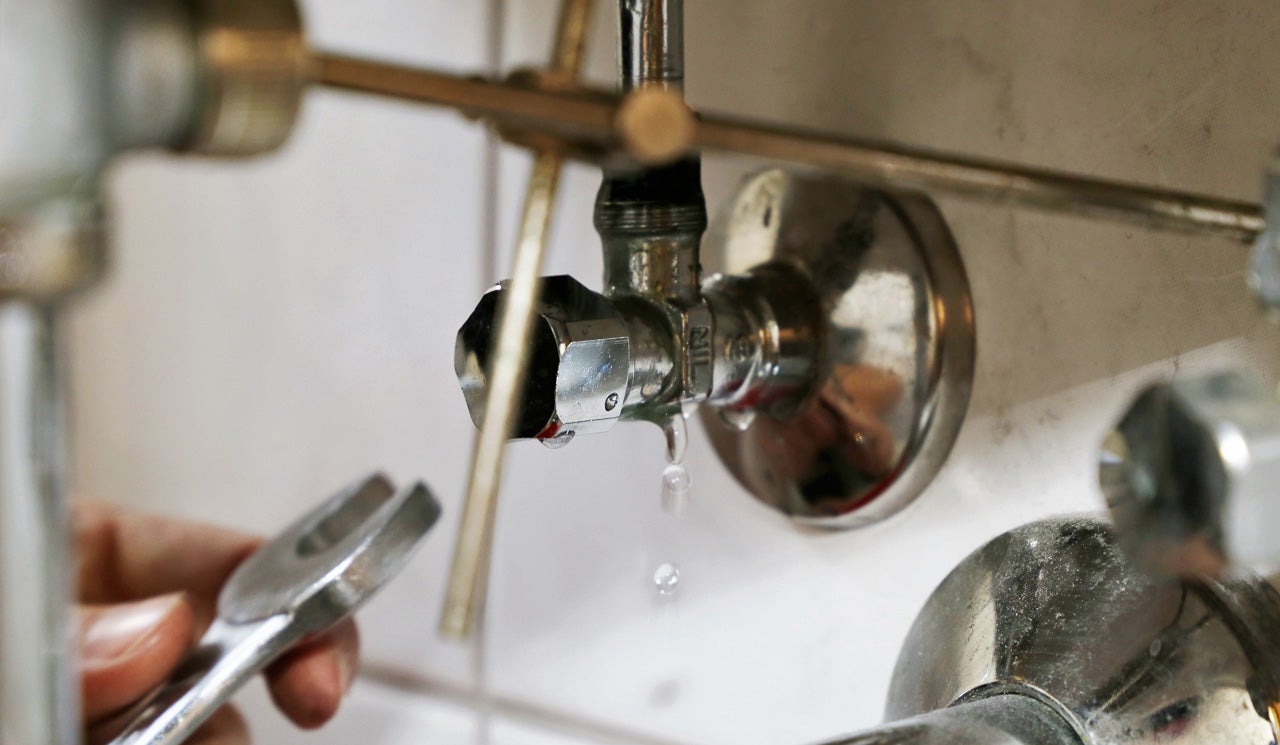Overview To Water Leakage Detection In The House
Overview To Water Leakage Detection In The House
Blog Article
The article which follows involving Detecting hidden plumbing leaks is extremely stimulating. Don't skip it.

Early discovery of dripping water lines can alleviate a prospective disaster. In addition to conserving you money, it will reduce the worry and also irritation. The moment you find a leakage, calling your plumber for fixings is the best solution. Some small water leaks might not be visible. Right here are some hacks that assist if you can not identify it with your naked eyes.
1. Check Out the Water Meter
Every house has a water meter. Checking it is a surefire way that helps you find leakages. For beginners, turn off all the water sources. Make certain no person will flush, make use of the faucet, shower, run the cleaning machine or dishwasher. From there, most likely to the meter and watch if it will alter. Given that no person is utilizing it, there ought to be no motions. If it moves, that suggests a fast-moving leakage. If you discover no adjustments, wait a hr or two as well as inspect back once again. This implies you may have a slow leakage that can even be below ground.
2. Examine Water Usage
If you spot abrupt modifications, regardless of your intake being the very same, it means that you have leakages in your plumbing system. An unexpected spike in your expense indicates a fast-moving leak.
On the other hand, a constant rise every month, despite the exact same behaviors, reveals you have a slow-moving leakage that's additionally gradually intensifying. Call a plumber to thoroughly examine your building, especially if you really feel a warm area on your floor with piping underneath.
3. Do a Food Coloring Examination
30% comes from toilets when it comes to water intake. Examination to see if they are running properly. Drop specks of food color in the storage tank as well as wait 10 minutes. There's a leak between the tank and also bowl if the shade somehow infiltrates your dish throughout that time without flushing.
4. Asses Exterior Lines
Don't fail to remember to check your exterior water lines also. Examination spigots by affixing a garden hose. Must water seep out of the link, you have a loose rubber gasket. Change this and also guarantee all connections are limited. If you have actually obtained an automatic sprinkler, it will help get it skillfully examined and also preserved annually. One little leakage can throw away lots of water as well as increase your water expense.
5. Examine the scenario and check
Property owners must make it a habit to inspect under the sink counters and also also inside cabinets for any type of bad odor or mold development. These two red flags show a leak so prompt interest is needed. Doing routine examinations, also bi-annually, can conserve you from a significant problem.
Much more importantly, if you know your house is already old, maintain a watchful eye on your heaters, tubes, pipes etc. Check for stainings and damaging as a lot of pipes as well as devices have a life span. They will likewise naturally wear away due to tear and also use. Don't wait for it to intensify if you think dripping water lines in your plumbing system. Call a professional plumber right away so you don't end up with an awful mess in your home.
Early discovery of dripping water lines can reduce a prospective calamity. Some small water leaks might not be noticeable. Inspecting it is a surefire way that helps you uncover leaks. One little leakage can lose tons of water and also increase your water costs.
If you believe dripping water lines in your plumbing system, do not wait for it to escalate.
WARNING SIGNS OF WATER LEAKAGE BEHIND THE WALL
PERSISTENT MUSTY ODORS
As water slowly drips from a leaky pipe inside the wall, flooring and sheetrock stay damp and develop an odor similar to wet cardboard. It generates a musty smell that can help you find hidden leaks.
MOLD IN UNUSUAL AREAS
Mold usually grows in wet areas like kitchens, baths and laundry rooms. If you spot the stuff on walls or baseboards in other rooms of the house, it’s a good indicator of undetected water leaks.
STAINS THAT GROW
When mold thrives around a leaky pipe, it sometimes takes hold on the inside surface of the affected wall. A growing stain on otherwise clean sheetrock is often your sign of a hidden plumbing problem.
PEELING OR BUBBLING WALLPAPER / PAINT
This clue is easy to miss in rooms that don’t get much use. When you see wallpaper separating along seams or paint bubbling or flaking off the wall, blame sheetrock that stays wet because of an undetected leak.
BUCKLED CEILINGS AND STAINED FLOORS
If ceilings or floors in bathrooms, kitchens or laundry areas develop structural problems, don’t rule out constant damp inside the walls. Wet sheetrock can affect adjacent framing, flooring and ceilings.
https://www.servicemasterbyzaba.com/blog/how-to-detect-water-leakage-in-walls/

We had been shown that article about Detecting hidden plumbing leaks through an associate on our other web blog. You should take the opportunity to promote this article if you enjoyed it. Thanks a bunch for your time. Visit again soon.
Report this page